Climate and Ag in the news
-
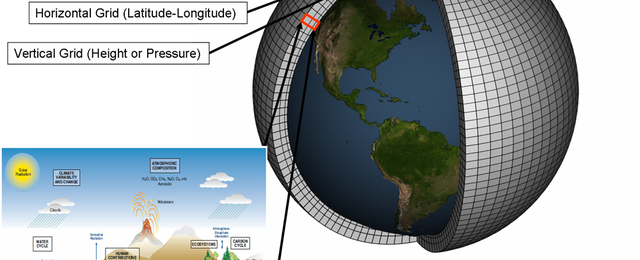
I gave a talk on projections of future climate today to a group of farmers and other interested folk in LaGrange, GA. One of the things we discussed in the talk is how weather and climate forecasts are similar and how they are different, because they are really designed to do different things even though…
-
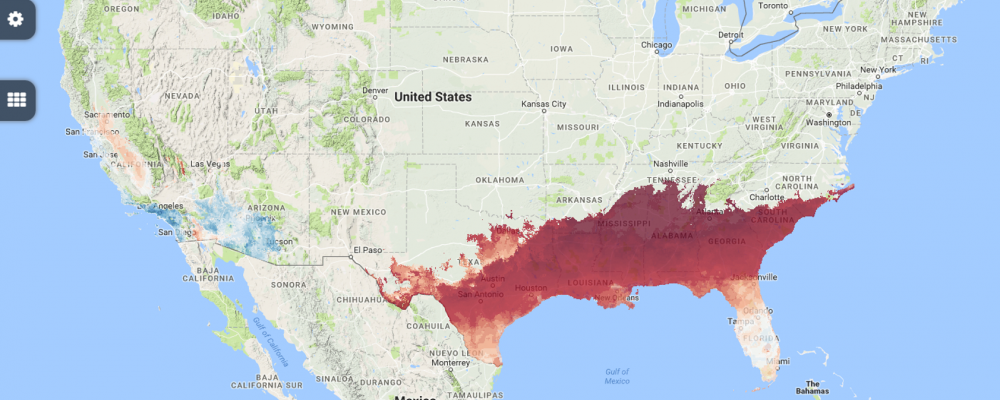
According to the USA-NPN’s Spring Indices, spring is arriving 20 days earlier than a long-term average (1981-2010) in much of the Southeastern US. The Extended Spring Indices are models that predict the onset of early spring plants across the United States. You can see these maps as well as maps of Accumulated Growing Degree Days…
-
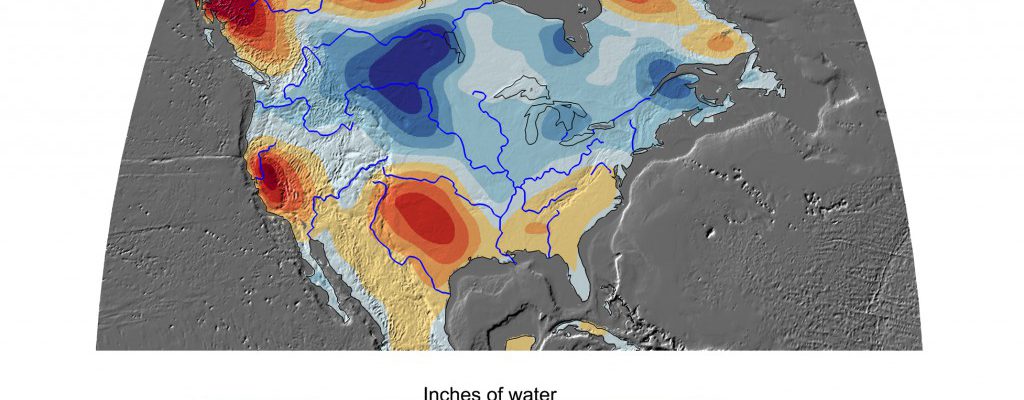
Earlier this month NASA published a study showing that 1/3 of big groundwater basins across the earth were in distress. One of them was what they list as the Atlantic and Gulf Coastal Plains aquifer, which provides irrigation and drinking water to a large area of south Georgia, Alabama, Florida and other states around the Gulf…
-

The weather forecast for this weekend in Australia shows an unbelievably hot continent, with temperatures at many inland places well over 110 F. The forecast map posted here for February 11 shows that there is a large area of 45 C plus (that’s 113 F, folks) across the eastern half of the country. While it is…
Posted in: Climate and Ag in the news -
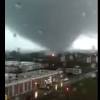
As severe weather, including devastating tornadoes, moves across the South today (read more here), it’s eerily timely that The Seeker published a story just yesterday on the increase in tornado outbreaks in the South due to warmer weather. This year so far temperatures have been much above normal, leading to two tornado outbreaks in January…
-
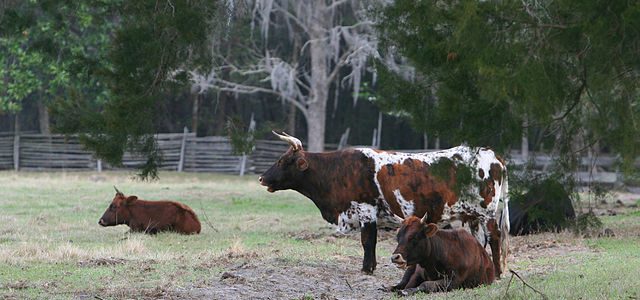
Here’s an interesting discussion of the difficulties that Florida livestock producers have in raising cattle in the deep South and steps that they are taking to improve cattle performance in the heat. It’s written by Jeb Dillard, Jefferson County Livestock and Natural Resources Agent. You can read the article at https://nwdistrict.ifas.ufl.edu/phag/2017/02/03/hair-hide-color-heat-and-humidity-connecting-the-four-hs-of-florida-cattle-production/.
-
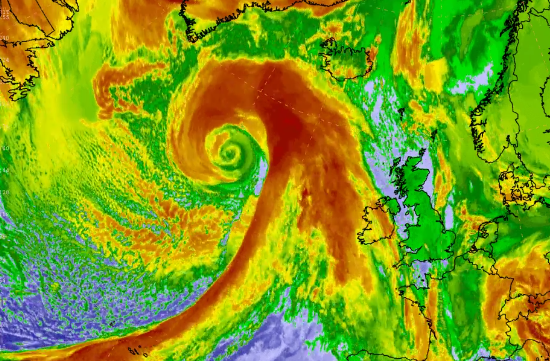
The Capital Weather Gang has an interesting story today on a huge mid-latitude cyclone which is pushing very warm air north into the Arctic. This is supposed to bring above-freezing temperatures to the North Pole for the fourth time in just over a year. This type of event used to be considered a once-in-a-decade event…
Posted in: Climate and Ag in the news